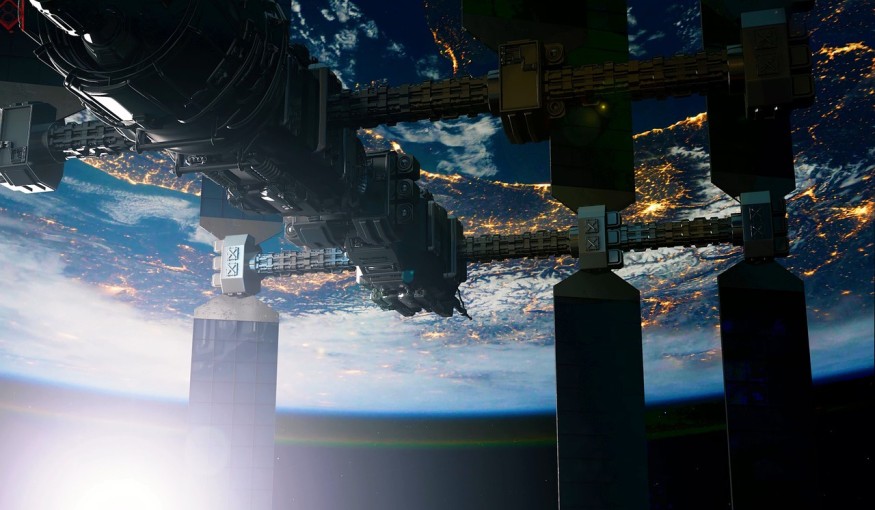Since the International Space Station (ISS) opened its doors on November 2, 2000, it also marked the beginning of more than two decades of humans living in the orbiting outpost and microgravity research.
NASA said that the Expedition 68 crew kicked off the new year with an array of experiments aboard the ISS with the mission of sustaining future crews of missions beyond Earth.

Microgravity Research on Nutrition and Medicine
The crew, composed of Americans, Japanese, and Russian astronauts and cosmonauts will explore a variety of phenomena, like space nutrition, dextrous manipulation, and collecting microbe samples from the orbiting laboratory.
NASA and its international partners plan expeditions to the Moon, Mars, and beyond. To ensure the crew's nutrition, they are conducting BioNutrients-2, which uses genetically engineered microbes to provide nutrients and other compounds and pharmaceuticals while in space.
On Tuesday, NASA Flight Engineer Nicole Mann fed and incubated genetically modified yeast samples for the investigation in the Space Automated Bioproduct Laboratory.
Japan Aerospace Exploration Agency (JAXA) Flight Engineer Koichi Wakata tended to study samples being studied to understand bone regeneration on Earth and in space. Later, Wakata performed a robotics exam on a computer, which measured his performance, behavior, and cognition while living in space. Roscosmos Station Commander Sergey Prokopyev put up an experimental 3-D printer to show the capability of printing components and equipment for spacecraft and space habitat repair.
Other Microgravity Research on the ISS
Researchers are especially interested in how astronauts hold and operate items in weightlessness due to the lack of an up-and-down reference. NASA Flight Engineer Josh Cassada sat in a modified chair in the Columbus laboratory module and used a controller gadget to conduct several tasks.
Scientists may gather insights and use the data to create intelligent spaceship interfaces that will help future astronauts when they travel to planets, moons, and asteroids in deep space.
Another critical effort for ensuring healthy astronauts and safe, successful missions is understanding the microbiological ecosystem aboard the space station. On Tuesday morning, NASA Flight Engineer Frank Rubio examined microbial samples obtained from the station's atmosphere and surfaces and cultivated in an incubator.
These samples will be returned to Earth aboard the SpaceX Dragon cargo plane next week for further study. Dmitri Petelin and Anna Kikina of Roscosmos completed their own examination of a distinct collection of microbe samples, adding to the understanding of how bacteria and fungi adapt and survive in microgravity.
READ ALSO : Axiom Space VP Says 'Commercial Astronauts' Will Carry Out Experiments Without Annoying ISS Crew
Almost 3,000 Microgravity Research on the ISS
The ISS has become the home to many astronauts for over two decades as they conduct studies that will help recent problems on Earth and future space explorations.
According to Nature, astronauts aboard the orbiting laboratory have conducted nearly 3,000 science experiments on its 20th anniversary in 2020. These studies span a range of disciplines, like fundamental physics, earth observations, and biomedical studies. Their findings include how humans and animals might adapt to long-duration spaceflight, and how materials behave in space.
Today, the space station is packed with modern equipment that helps the crew perform their work and research. Most of the science experiments aboard the ISS aim to investigate how things work differently in microgravity and learn lessons that can be applied to new technologies on Earth.
RELATED ARTICLE: Top Strange Experiments in Space Made by Humans
Check out more news and information on Space on Science Times.
© 2026 ScienceTimes.com All rights reserved. Do not reproduce without permission. The window to the world of Science Times.










